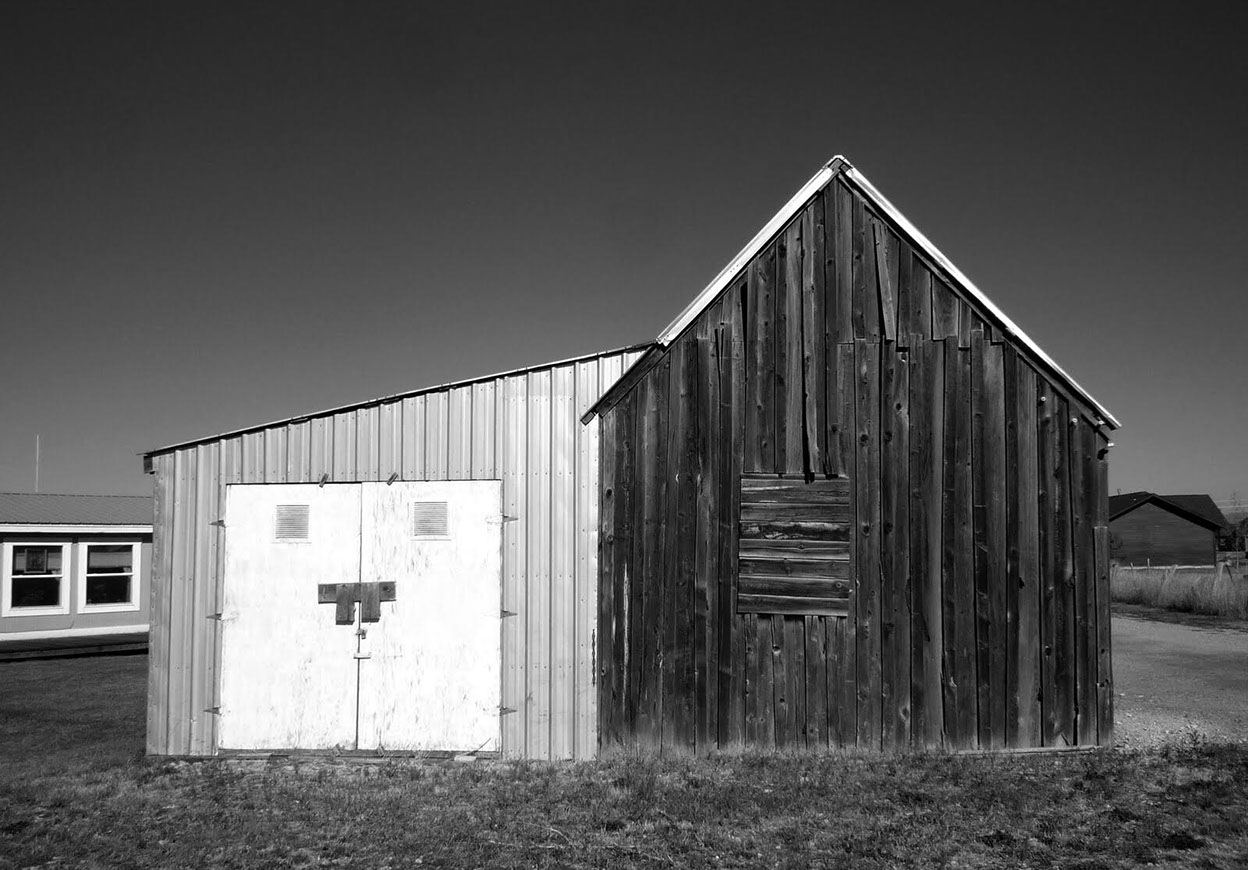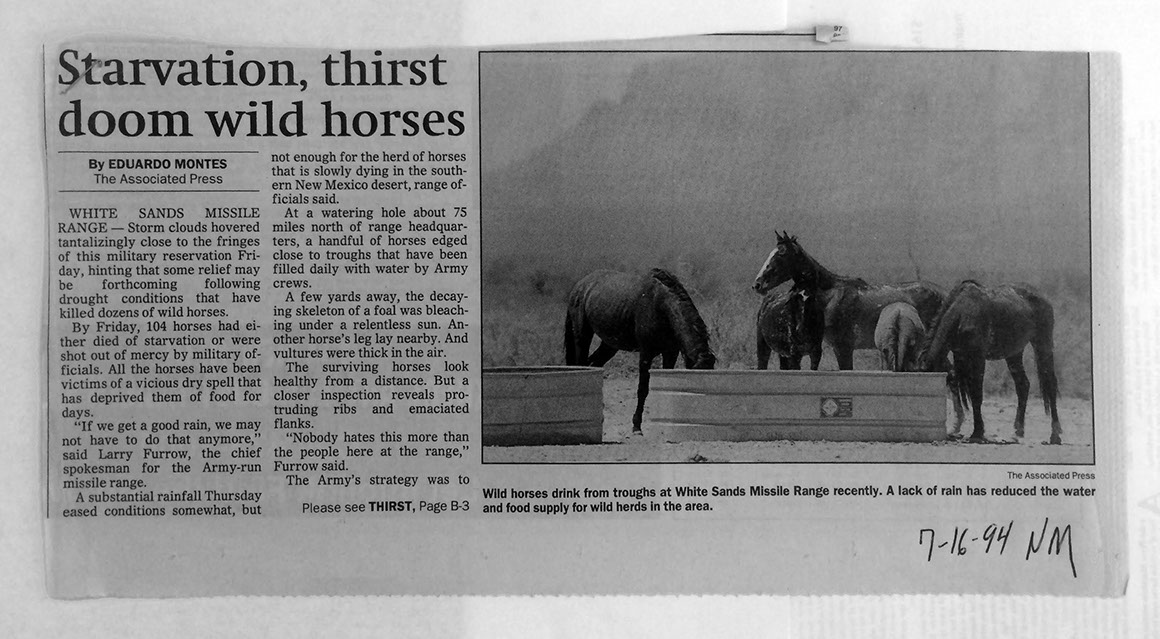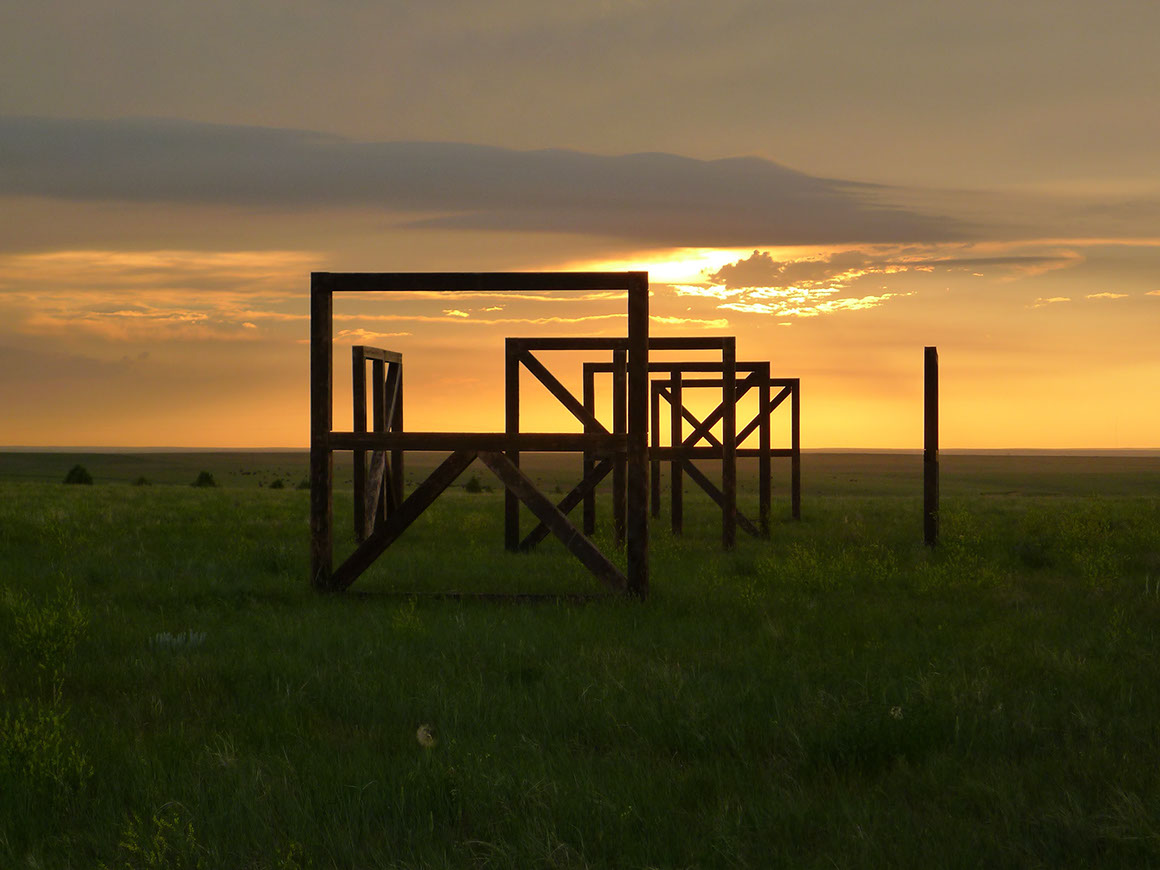Cool Pastoral Splendor. Last Chance Press and Jap Sam Books. 254-page field book and 7” vinyl record. 2015.
Cool Pastoral Splendor includes a selection of pictures from Richard Saxton’s Rural Research Archive and accompanying writings by Kurt Wagner. Saxton and Wagner are among a rare breed of artists focusing on the non-heroic, psychic, and lyrical unfolding of daily events. Both Saxton and Wagner infuse the work with their own rural experiences, but no single genre or culture captures the whole of these intentions. Cool Pastoral Splendor leaves us in search of beauty hidden in plain sight.
— Kirsten Stoltz, independent curator
Cool Pastoral Splendor 7” Vinyl Record
A side: Nice Without Mercy (cps mix) Kurt Wagner
B side: The Nashville Numbers System with Kurt Wagner
Available for purchase in mercantile




















